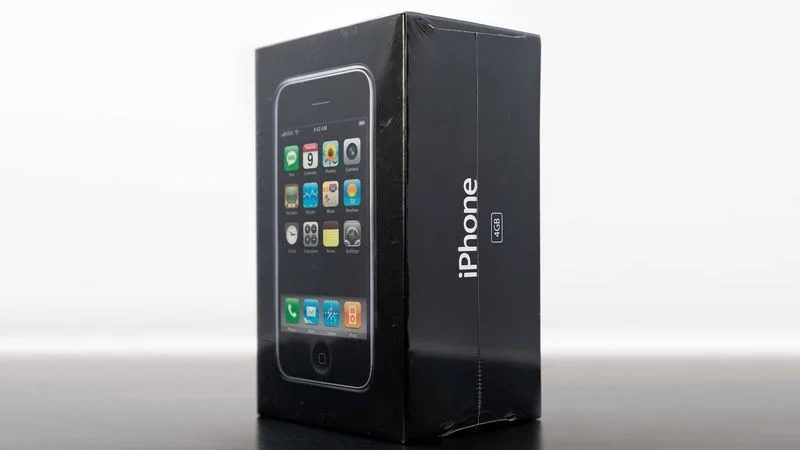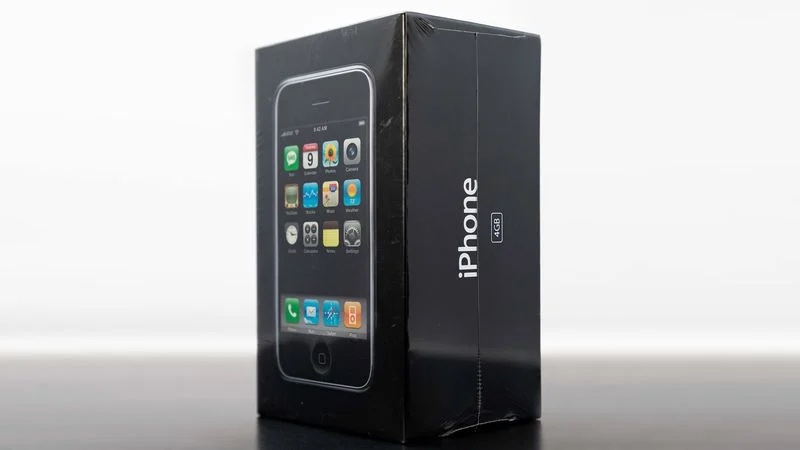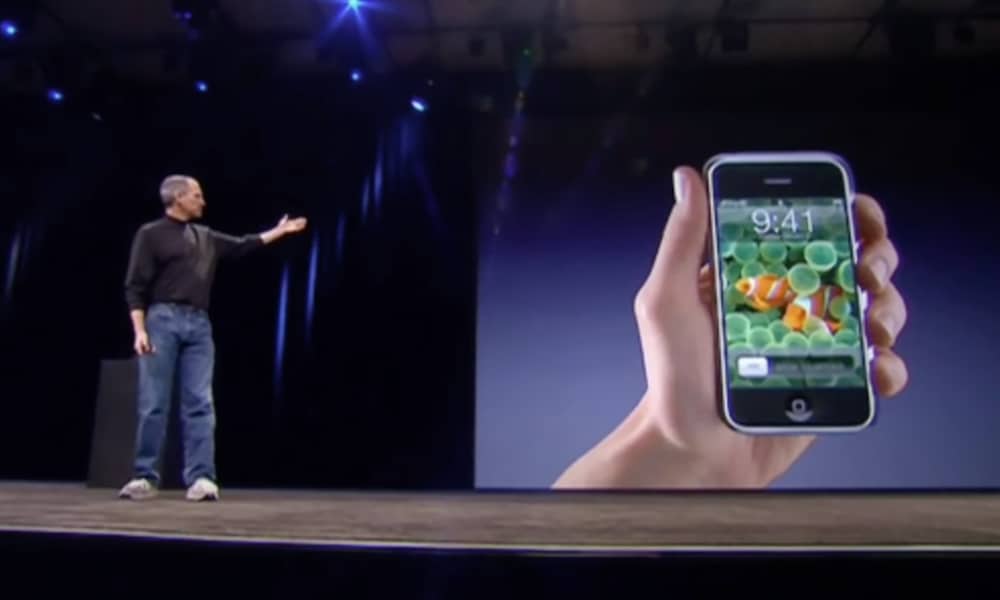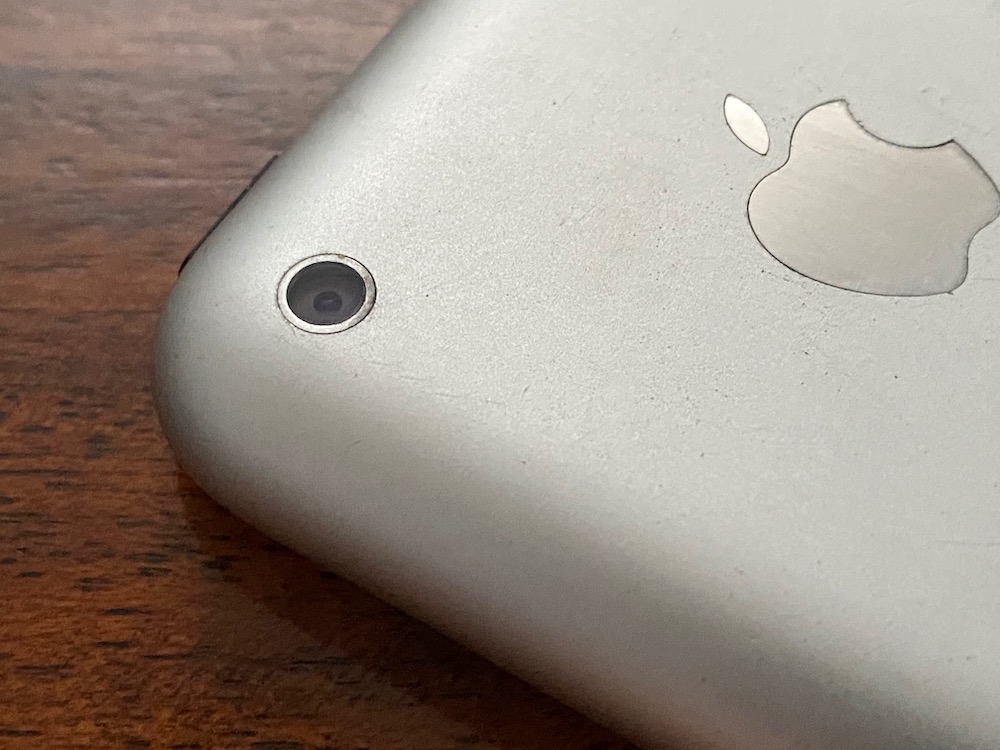Rare Factory-Sealed NIB 4GB Original iPhone Expected to Fetch as Much as $100,000 at Auction


When it debuted on June 29, 2007, the original iPhone was sold in two storage tiers — 4GB and 8GB. The higher-capacity model proved to be more popular with buyers, leading Apple to discontinue the 4GB model only two months after it went on sale. The following February, Apple released a similarly short-lived 16GB version that lasted only four months until the iPhone 3G was launched in June 2008.
The limited amount of time the 4GB iPhone was available, along with its disappointing sales, makes it the rarest first-generation model. During the 68 days that it was available in the summer of 2007, the 4GB model sold for $499 while the 8GB version cost $599. In September 2007, Apple dropped the 8GB iPhone to $399 and reduced the 4GB model to a “clearance price” of $299 to sell out its remaining stock.
Tired of Subscriptions? Get Microsoft Office Lifetime Access for Just $49.99
Even Microsoft tries to nudge you toward paying monthly for their Suite 365. The good news is that you don’t have to. iDrop News readers can get lifetime access to MS Office at 77% off the normal price…Get It Here

Based upon our recent record-setting sales and the fact that the 4GB model is probably 20 times rarer than the 8GB version, we would not be surprised if it establishes a new record sale price.Mark Montero, founder, LCG Auctions
The party selling the original iPhone was part of the first iPhone engineering team, says LCG Auctions. The iPhone auction includes a letter of provenance.
As mentioned above, two other original model iPhones were sold earlier this year.
A still sealed first-generation new old stock iPhone went for $54,904 at an auction that was held in March. Meanwhile, in April, we saw a factory-sealed “Golden Ticket” first-generation 8GB iPhone with a unique sticker go for $40,320 at auction.
LCG Auctions is also auctioning off two other first-generation iPhones, an 8GB model, and a 16GB model. Both iPhones up for auction are factory sealed. The auctions will start on June 30 and will continue through July 16.
In related news, today also marks the 16th anniversary of the release of the original iPhone, which went on sale on June 29, 2007. The first iPhone was released exclusively in the United States, and while the original model was slow and could not run proper apps, it changed the mobile phone industry.

The first-generation iPhone was available to customers of one cellular carrier, AT&T, which had accelerated its rebranding from Cingular Wireless following a 2004 merger. In January 2007, Apple announced Cingular as its exclusive iPhone carrier, but by June it was known as AT&T.
During the development of the iPhone, Cingular was the only carrier to agree to Apple’s somewhat restrictive standards, due to Apple’s refusal to kowtow to the usual cellular carrier demands to have at least some say in the specifications and pricing of phones that would be sold for use on their networks.
At the time, most phone manufacturers bowed to carriers’ demands that phones have the carrier’s branding on them, and they usually had the carrier’s in-house apps installed by default. Apple refused to allow either the branding or the apps, resulting in only Cingular/AT&T agreeing to those terms. However, the carrier exclusivity proved to be quite beneficial to the carrier.

The original iPhone boasted what is now considered a tiny 3.5-inch screen (the current iPhone 14 Pro Max is equipped with a 6.7-inch display) as well as a 2.0-megapixel rear camera and no front-facing camera. The original model was also not able to record video and had many other features and limitations that may seem quaint by today’s standards.







